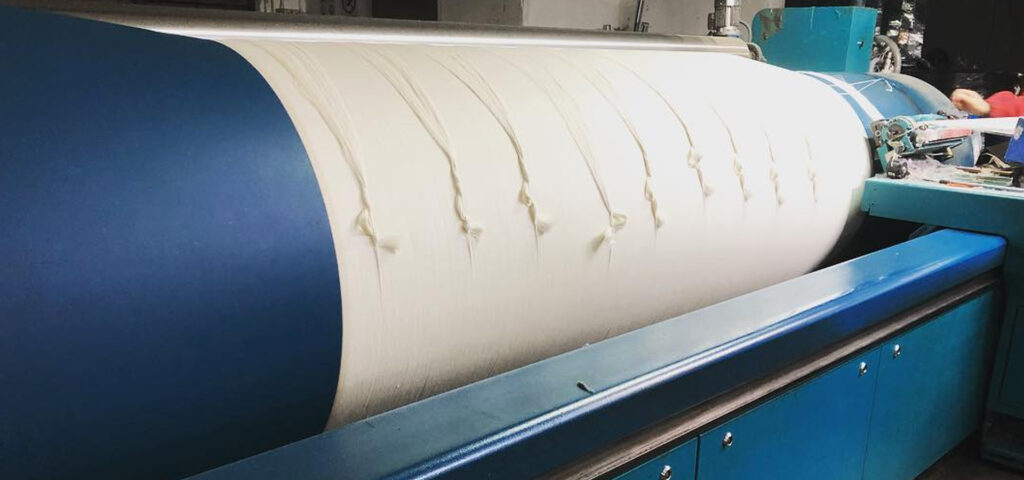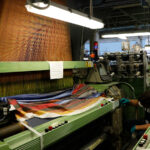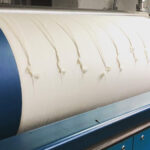WARPING, DEFINITION
Warping In textile technology, an operation consisting in arranging each other, unwinding them from their respective spools, all the threads necessary to form the warp of a fabric in the desired width (or more properly height), and winding them on the beam intended for the frame; is carried out with the warper. The. it consists of 3 basic operations: a) insertion, introduction of the spools in the creel according to the order; b) unwinding the threads making up the individual courses and winding them on the clothes or on the reel; c) meeting the subbielli or bending the threads on the reel, to form the beam to be used for subsequent operations (feeding the weaving loom, the knitting machines, the tufting machines, etc.). The number of threads that make up a fabric can be considerable; up to 300 threads per centimeter can be reached in certain silk fabrics. It is not physically possible to unwind the thread simultaneously from such a large number of spools and therefore the it must be done in two ways: in sections or in fractions (or in cylinders or in layers). The. in sections it is typical for silk and for artificial and synthetic threads with a thin title; in this case the operation does not allow long lengths in the chains. The. in fractions, on the other hand, it is typical for cotton and for certain categories of wool and rayon fabrics whose chains must be imbalanced. A procedure called ironing-warping is used to produce warp beams and jewels to be destined for weaving or knitting in a chain, starting from packages of continuous unstretched synthetic thread (or only partially stretched). With this procedure, limited only to synthetic threads, the following advantages are obtained: a heat treatment and uniform tension of the threads along the entire length of the warp, a significant reduction in thread breakages and a reduction in transformation costs.




